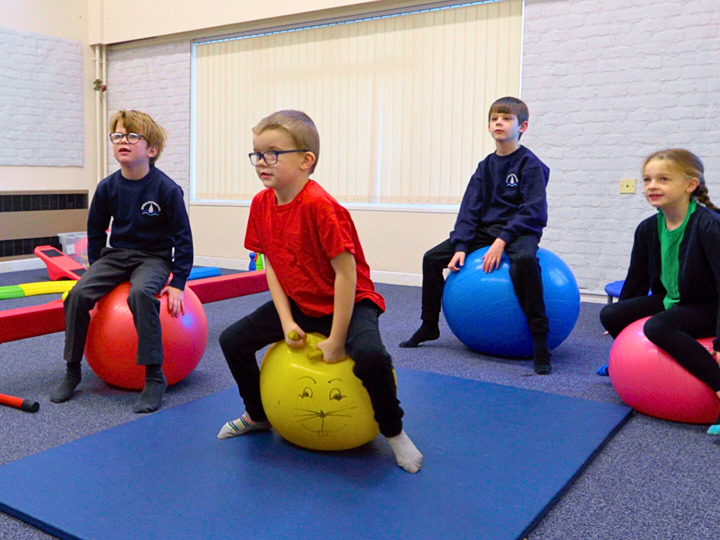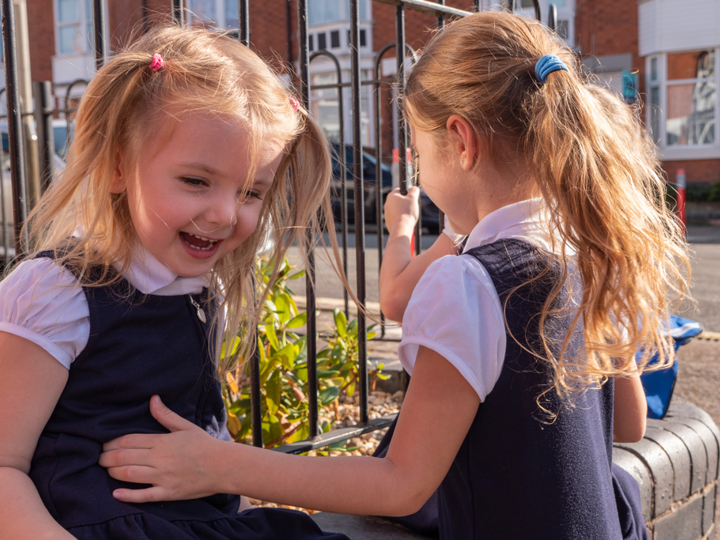Delivering ready to learn circuits for schools
- Professionals and Clinicians

This series of online training sessions have been specifically created to enable your educational setting to understand:
- the principles behind ready to learn circuits
- picking equipment for your circuit and how to set it up
- how to identify children and young people who would most benefit from participating in the circuit
- how to review your circuit
Please take your time to watch through each session.
Objectives of the session
- To have an understanding of the principles behind ready to learn circuits, including understanding equipment choices to support outcomes and what the equipment is offering.
- To be able to identify children that may benefit from circuits.
- To feel confident adapting a ready to learn circuit to meet the needs of individual children.
Introduction and what to consider before setting up your circuit
A ready to learn circuit is a series of sensory motor activities that are organised into a circuit format. The theory behind the circuit is that by selecting the appropriate activity, it can help to establish, restore or maintain a child's organised and well-regulated nervous system. Circuits can also help to develop coordination and motor planning. Before setting up the circuit you will need to think about an appropriate space within the school, consider what equipment is already available in the school and carry out a risk assessment.
How a teacher identifies who attends the circuit and ideas for equipment
Different stages of a circuit, what it can offer and grading
The sequence of a circuit consists of 3 main areas which are, engaging (or alerting), organising and calming. The engaging phase of the circuit allows the child to bring their nervous system from hyper-alert to calm-alert. The organising phase is an opportunity for different levels of challenge. Use the calming phase at the end of the session. Keep it simple, successful and structured and make it clear this is the closing activity.
Reviewing the circuit
The final part of a circuit is to schedule in regular reviews. If everything is working well, try and think how you might improve things further. It's important to capture the children's views of the circuits. You might need to be creative to do this. We recommend making small changes gradually and reviewing.
Summary and conclusion
It's helpful for the adults leading the session to try the activities themselves. This helps to know what it feels like. Identify a lead person for the circuit within the school. The circuit should take no more than 20 minutes. Pictures and visuals can be used to facilitate making choices and help with understanding.
Last reviewed: 9 February, 2024

